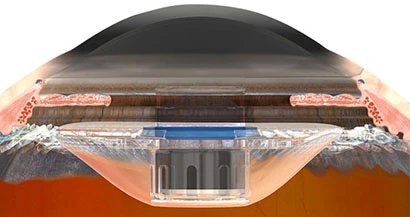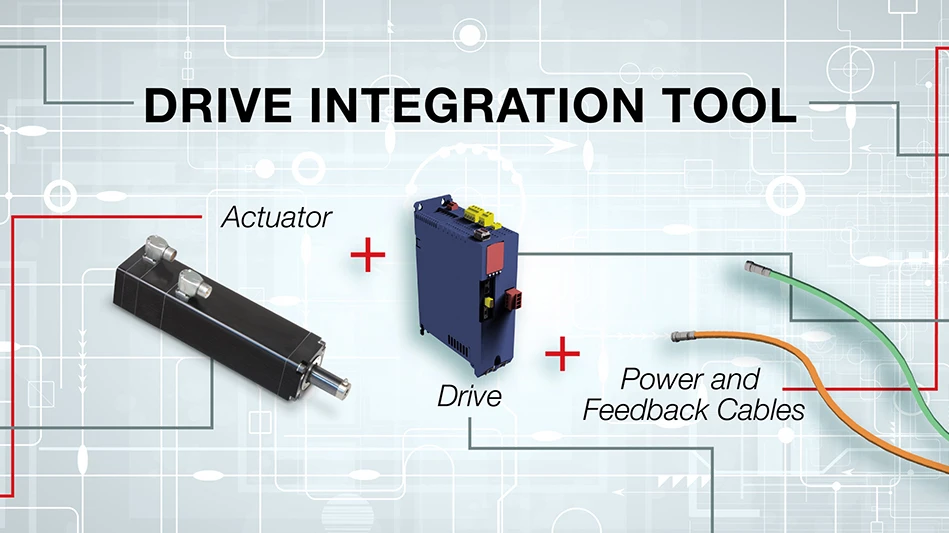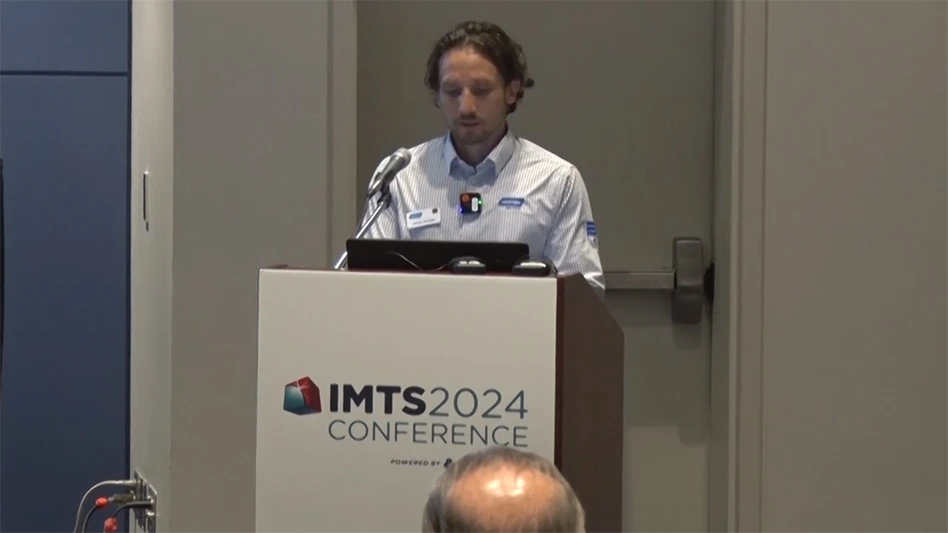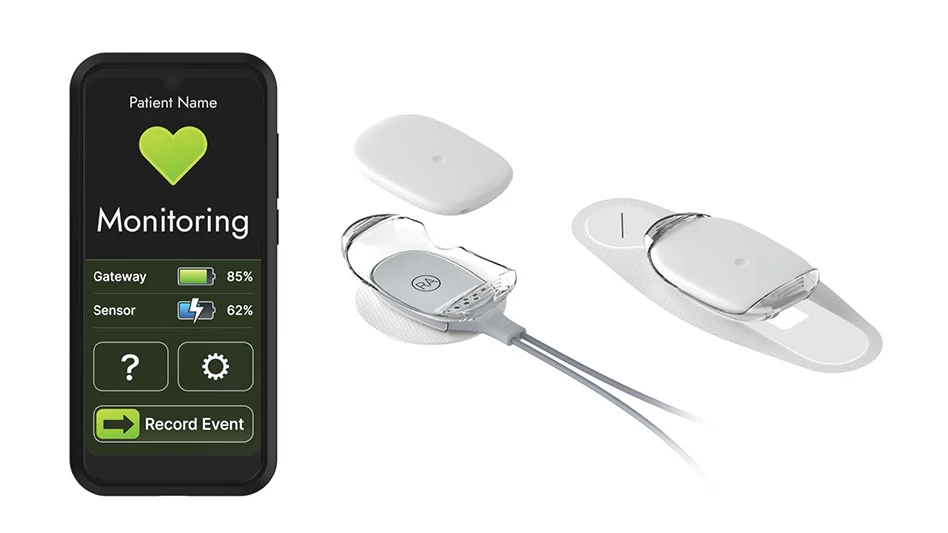
Thanks to a new FDA approved technology and the formation of Connecticut’s first multi-disciplinary medical team, patients suffering with macular degeneration (AMD), now have a new low vision rehabilitation option.
The Doctors
Dr. Mark Milner, cornea-cataract surgeon, Dr. Nauman Chaudhry, a retina specialist, and Dr. Randolph Kinkade, a low vision optometrist, teamed up in Connecticut to provide patients with real options in restoring some of the lost vision that results from AMD. The trio is Connecticut’s first Implantable Miniature Telescope (IMT) rehabilitation team. This integrated approach provides patients with not only the first surgical option but also an entire treatment program with the oversight of a team of highly trained physicians.
“Up to now, these patients have been told by their doctors ‘sorry, there is nothing we can do for you,’” Kinkade states.
The Technology
The New FDA Approved technology is Centrasight, a new treatment program for end-stage AMD from VisionCare Ophthalmic Technologies using the Implantable Miniature Telescope (by Dr. Isaac Lipshitz). The CentraSight treatment program uses a tiny telescope that is implanted inside the eye to improve vision and quality of life for individuals affected by End-Stage AMD. End-Stage AMD is the most advanced form of age-related macular degeneration (AMD). The CentraSight treatment program involves four steps:
- Diagnosis
- Candidate evaluation
- Implantation
- Rehabilitation
 The IMT replaces a developing cataract in the eye and is about an eighth of an inch in length. It fits behind and through the pupil. IMT is not a cure for macular degeneration, but rather a rehabilitation tool used to enhance their remaining vision.
The IMT replaces a developing cataract in the eye and is about an eighth of an inch in length. It fits behind and through the pupil. IMT is not a cure for macular degeneration, but rather a rehabilitation tool used to enhance their remaining vision.
“The IMT is a technological wonder and the surgery is 21st century medicine,” Kinkade notes. “It is the closest we have to a bionic eye since it replaces some of the lost precision vision, but it is the therapy after surgery that we see the real gain in vision.”
The Disease
Age-related macular degeneration (AMD) is a medical condition, which usually affects older adults and results in a loss of vision in the center of the visual field (the macula) because of damage to the retina. It is a major cause of blindness and visual impairment in older adults over 50 years of age.
Approximately 2 million Americans have advanced forms of AMD with its associated vision loss. People with advanced macular degeneration are no longer able to see to read and write, drive a car, or recognize family and friends.
Although some macular dystrophies affecting younger individuals are sometimes referred to as macular degeneration, the term AMD generally refers to the age-related condition.
The Patients, The Protocol
The telescope implant has been shown to improve vision and quality of life in patients with End-Stage AMD, the most advanced form of AMD in which individuals have lost central vision in both eyes. Not everyone who has End-Stage AMD is a candidate for the CentraSight treatment program.
Some people with AMD may benefit from Spectacle Miniature Telescopes (SMTs). SMTs use mini-telescopes fabricated into eyeglasses that provide two to three times the magnification of regular glasses.
Latest from Today's Medical Developments
- Ferrocene becomes first Rust toolchain to achieve IEC 62304 qualification
- Germany expects a major decline in production in 2025
- Learn what you need to comply with CMMC requirements
- VersaBuilt’s CNC automation possibilities
- ROBOTICS AWARD 2025
- There’s still time to register for this week’s manufacturing industry webinar!
- Arterex acquires Phoenix S.r.l., a leading Italian medical device solution provider
- FAULHABER’s expanded portfolio of high-performance DC motors





